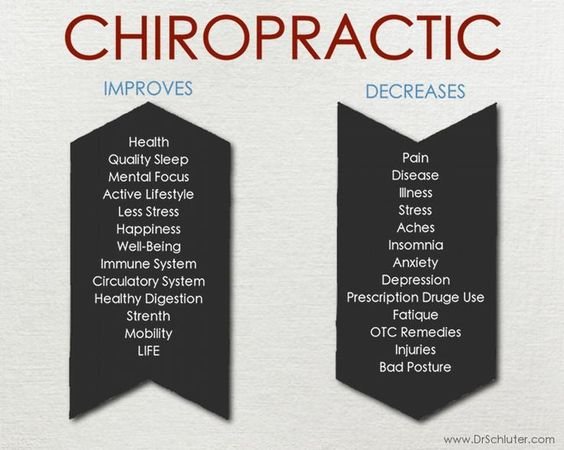A Newbie'S Guide To Recognizing Cervical Spinal Column Anatomy And Its Impact On Neck Pain
A Newbie'S Guide To Recognizing Cervical Spinal Column Anatomy And Its Impact On Neck Pain
Blog Article
Post Composed By-Outzen Ortega
As you sit there, possibly really feeling a twinge of discomfort in your neck, have you ever before thought the intricate frameworks that make up your cervical spinal column? Comprehending exactly how the vertebrae, discs, and nerves interact in this region can shed light on why neck pain can be so persistent and debilitating. By discovering the foundations of cervical spine composition and its effects for neck pain, you might discover understandings that could assist you much better handle and even avoid those bothersome pains and stiffness.
Value of Cervical Spine Anatomy
Recognizing the importance of cervical spine composition is essential in comprehending the intricacies of neck discomfort. The cervical spinal column, composed of 7 vertebrae, plays an important role in sustaining the head's weight and facilitating movement. It houses the spinal cord, which transmits messages in between the mind et cetera of the body. In addition, the cervical spine secures these delicate nerves and gives architectural security to the neck area.
Furthermore, the cervical spine enables a wide range of movement, allowing you to transform your head, tilt it laterally, and nod up and down. Each vertebra has details functions and features that add to the overall versatility and stability of the neck. Comprehending Read Significantly more of the cervical spinal column can help you grasp how injuries or degenerative conditions in this area can lead to neck discomfort and relevant signs and symptoms.
Parts of the Cervical Spine
When exploring the parts of the cervical spinal column, it comes to be obvious that its structure consists of seven vertebrae, identified C1 to C7, piled on top of each other. These vertebrae are important as they give assistance to the head and enable a wide variety of movement in the neck.
The upper vertebra, C1, also referred to as the atlas, supports the skull and allows the sleeping movement of the head. Directly below C1 is the C2 vertebra, referred to as the axis, which permits the turning of the head back and forth.
Relocating down the cervical spine, each vertebra plays an essential role in preserving the spine's flexibility and stability. In between each vertebra are intervertebral discs that work as cushions, soaking up shock and preventing the vertebrae from massaging versus each other.
Comprehending the components of the cervical back is essential in comprehending how the back functions and its potential influence on neck pain.
Partnership In Between Spinal Column and Neck Discomfort
The connection between the back and neck pain is an important element of comprehending musculoskeletal discomfort. Your back, especially the cervical region, plays a considerable role in sustaining your head and permitting different activities. When there's a concern in the spinal column, such as a herniated disc or misalignment, it can straight impact the surrounding cells and nerves, resulting in neck discomfort. Poor stance, injuries, and degenerative problems can all add to spine-related neck pain.
It's important to identify that the spine and neck feature as a cohesive device. Any kind of irregularities or inequalities in the spinal column can cause stress on the neck muscles and ligaments, causing discomfort and stiffness.
https://www.nwitimes.com/best-chiropractor/article_78475742-a27a-502d-9071-609219c8c36c.html
Since you have a fundamental understanding of cervical spine composition and its link to neck discomfort, you can much better value the intricacies of your very own neck pain. Remember, the wellness of your cervical spinal column plays an essential duty in sustaining your head and facilitating movement, so it is necessary to take care of it through correct pose, exercise, and normal examinations with a health care specialist. Stay informed and positive about your spinal column health and wellness to prevent and manage neck discomfort successfully.
